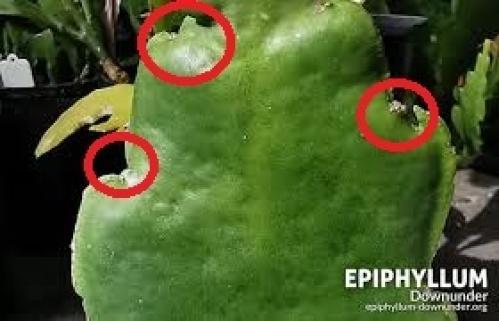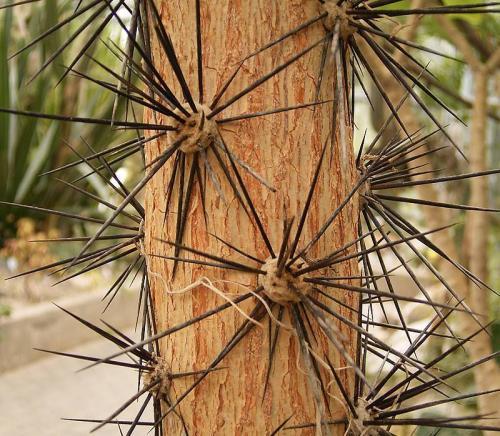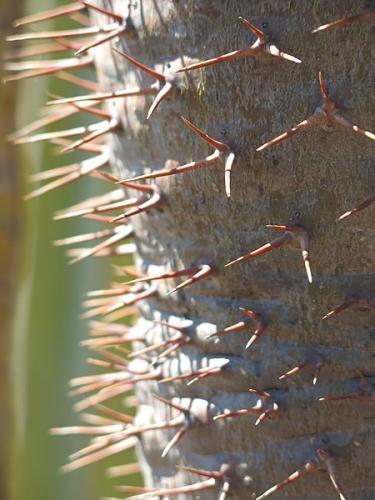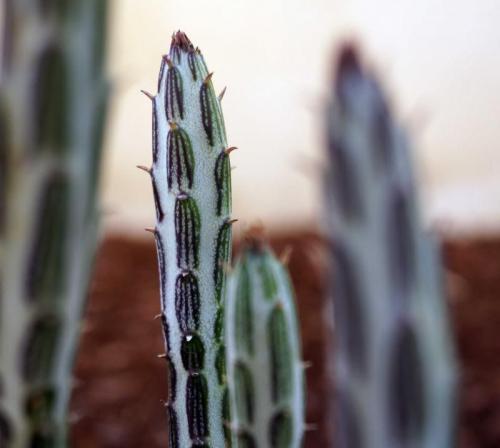Red_Core said:Hello all,
I am a new member. recently I bought a Cactus which I don't know its type could you help me to identify its type?
You can see the photos of it in the attachment.
:-)
skopjecollection said:
Well... you bought a Euphorbia(aka spurge) and NOT a cactus. A cactus imitator if you will. Latex sap(often white), different spines, no areoles, tiny but weird flowers etc etc/
As for species you have Euphorbia horrida. or perhaps polygona, they are similar...
hlutzow said:Oooo. Congrats! That's on my "buy it if you see it" list.
sedumzz said:It doesn't have aeroles,
Aeroles are something only cacti have, but euphorbia don't have.
Honestly , I don't really remember what aeroles did ….
Red_Core said:
So, Cacties have areolas? and how areolas could be identified? because u know the plant I bought it is very similar to Cactus. I could not tell the difference!









skopjecollection said:
Not "areolas", those are the areas surrounding the human nipples , but AREOLES
Baja_Costero said:I am digging all these illustrations.
The spines on cacti are actually modified leaves, not that one would know from looking at them. The spines on the Euphorbia in the original post are actually sterile peduncles (flower stalks without the flowers) which harden and persist. The most obvious clue there is how they have little nodes with primordial leaflets along the way, these are clearly visible in the original photo. Some other Euphorbias have stipular spines, which are the (usually paired) short spines that appear at the base of a leaf (like the trigona and Pachypodium pictured above).
Botanical details aside, you should expect this plant to require the maximum possible amount of light to do well in an indoor situation. The more, the better. The closer to the window, the better. This will favor the most compact growth and the brightest blue color.
DaisyI said:To answer your questions:
1. Yes but I'm not sure woody enough to build something. Definitely woody enough to hold themselves up.
2. Not in the sense you are thinking. Some will make you numb if you stab yourself and some will make you hallucinate. None will kill you outright.
3. No
4. Yes, cactuses interbreed all the time, sometimes naturally and sometimes with a little help.
This is a photo of my Euphorbia horrida. Its quite a bit older than yours - 40+ years. It started like yours, grew the 5 medium barrels within a few years and just in the last 5, has added all these new ones.
Its ok to not know everything immediately - it has taken us years to gain the knowledge we have.
BTW, the accepted name is Euphorbia polygona var. horrida.
Aeonium2003 said:One thing on question 4 though. Not all cacti can interbreed. It's the compatibility. For example, I could cross an Aporocactus with an epiphyllum, and get an Aporophyllum. This is because they are closely related, and compatible. If I tried Aporocactus with Ferocactus, it would not work. Because they aren't closely related, and not compatible.
DaisyI said:To answer your questions:
1. Yes but I'm not sure woody enough to build something. Definitely woody enough to hold themselves up.
2. Not in the sense you are thinking. Some will make you numb if you stab yourself and some will make you hallucinate. None will kill you outright.
3. No
4. Yes, cactuses interbreed all the time, sometimes naturally and sometimes with a little help.
This is a photo of my Euphorbia horrida. Its quite a bit older than yours - 40+ years. It started like yours, grew the 5 medium barrels within a few years and just in the last 5, has added all these new ones.
Its ok to not know everything immediately - it has taken us years to gain the knowledge we have.
BTW, the accepted name is Euphorbia polygona var. horrida.
skopjecollection said: